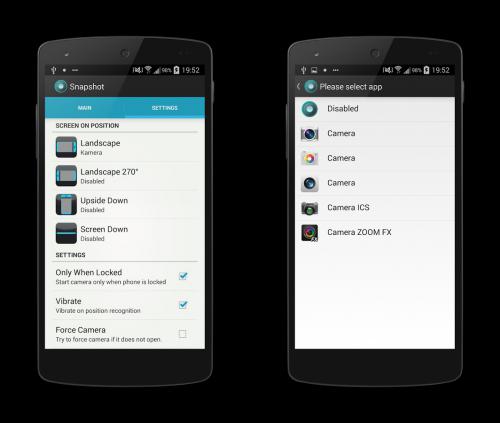

MAC SNAPSHOT APP FREE
There are additional levels of safety too: if free disk space falls too low, Time Machine should reduce the number of snapshots it retains, and if the worst comes to the worst, APFS should always ensure that there’s sufficient free space, if necessary by deleting older snapshots. This should ensure that the total space used by its snapshots remains relatively small, but if each snapshot requires 25 GB of data, disk space used by them will still mount up. Time Machine has a policy whereby it makes hourly snapshots of all volumes which it backs up, but deletes those snapshots automatically after 24 hours. Although I’ve been critical of this policy, it guarantees some degree of safety to the user. And you can’t delete just part of a snapshot.Īpps that make snapshots must maintain themĪpple doesn’t let any old third-party app create snapshots, but vets them strictly and imposes requirements before it will grant its approval and the special entitlement enabling an app to make its own snapshots. Once created, you can’t modify them in any way, only delete them.
MAC SNAPSHOT APP FULL
This is a useful feature, as it allows you to access what are in effect full backups for a short period, while keeping formal backups far smaller. If Time Machine backs up a single item on a volume, its snapshots will be for the whole of that volume, not just what’s backed up. In APFS, snapshots can only be made of complete volumes.

Snapshots have some important and relevant properties: In Disk Utility, those sizes are shown as Private Size, which is the size of that snapshot alone, and Size, which is the cumulative size including all previous snapshots. But deleting either or both snapshots won’t necessarily free what you might expect because some of the retained data will be common to both, and some will only be referenced by one of them. The effective size of the data for first snapshot alone remains 3 GB, and that for the second snapshot is 4 GB. Let’s say you now delete another 1 GB file and change 3 GB of data in other documents. After that, all changes are required by two snapshots, the original and the new one. This gets more complicated when you make the next snapshot.
MAC SNAPSHOT APP PLUS
At the end of that, the snapshot’s effective size is the original MB used for the file system itself, plus 3 GB, which can’t be deleted until that snapshot itself is deleted. For example, let’s say that after you’ve made a snapshot of a volume, you delete one 1 GB file, and change another 2 GB of data in other documents. What happens from the instant that snapshot is made is that all file data which would otherwise be deleted, either because the file itself is deleted or because it has changed when editing that file, is retained instead of being returned for re-use. Without that, you couldn’t revert the volume to its previous state, or restore a file which has since been deleted. However, to be of any use, snapshots also need data. This article explains how they can go wrong, and what you can do to manage them so they don’t swallow all the free space on your storage.Īt its heart, a snapshot is itself very small: it’s simply a saved copy of the file system of the APFS volume at the instant the snapshot was made, a few MB, not GB. Snapshots are one of the huge advances in APFS, but like other features, they can cause more problems than they’re worth.


 0 kommentar(er)
0 kommentar(er)
